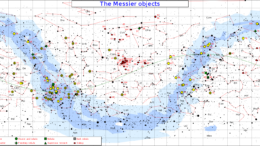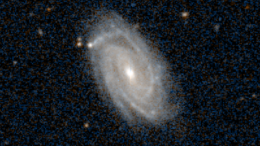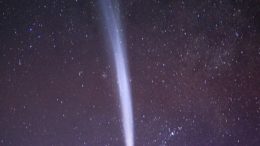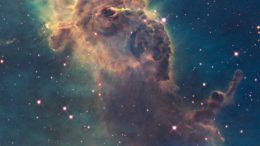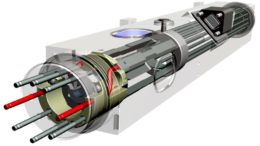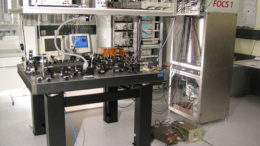Messier Objects: An Introduction
The Messier Objects are a set of 110 astronomical objects catalogued by the French astronomer Charles Messier in his Catalogue des Nébuleuses et des Amas d’Étoiles. Interestingly, Charles Messier was actually fascinated with finding comets, which meant that to avoid confusing…
